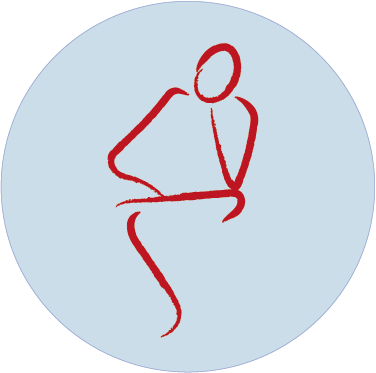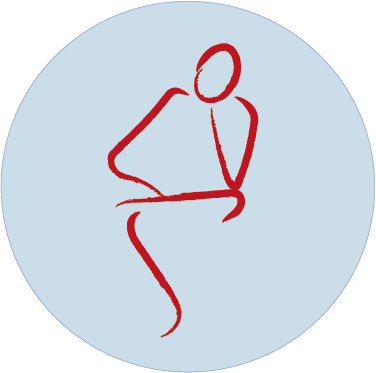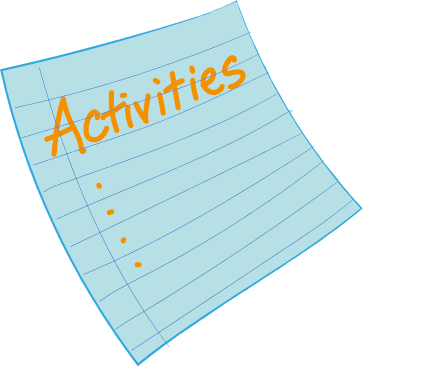Prayer and Spirituality
| Site: | URC Learning Hub |
| Course: | Exploring Eldership |
| Book: | Prayer and Spirituality |
| Printed by: | Guest user |
| Date: | Saturday, 13 December 2025, 7:01 PM |
Description
This part of the course looks at prayer and spirituality and the relationship between the two.
1. Introduction
This module will demystify spirituality and help you understand spirituality and prayer. You will be encouraged to recognise the spiritual impulse that is within you now and be helped to practice your own and collective spirituality regularly so that together we can become the people of God.
In this module, you will:
- explore what we mean by prayer and by spirituality
- explore the link between prayer and spirituality - (how) are they related?
- explore the importance of prayer and spirituality for elders
2. Spirituality - first thoughts
 Before we look at what others think:
Before we look at what others think:
- take a little time to reflect on times you felt you were in a spiritual place
- where were you?
- were you alone or with others?
- how did you feel? Were you closer to God?
3. What is spirituality?
There are many definitions of the term ‘spirituality' - Richard P McBrien gives the following definition:
‘Spirituality is to do with our experience of God, and with the transformation of our consciousness and our lives as the outcome of that experience.’
from Catholicism, 1994
It can be deeply personal and/or collective. As such it can be experienced in many ways.
Examples of collective spirituality can be seen in the new monasticism movement where intentional communities come together, either physically, or as a dispersed community in order to share in prayer, learning, work, and worship.
Some of these are known as the Celtic communities:
- Iona Community (link opens in a new window)
- Northumbria Community (link opens in a new window)
In our own churches by praying together we are involved in acts of collective spirituality.
Elders have a significant role as a spiritual resource within the church and a role in fostering spiritual growth and spirituality within their community.
4. Exercise - what do I mean by spirituality?
So, how might you describe a spiritual experience?
 Think about the following:
Think about the following:
- in nature?
- by yourself?
- with other Christians?
- in worship?
- somewhere else?
4.1. Exercise - what do I mean by spirituality? - 2
Go to this website:
Type the word ‘spirituality’ in the search box in the middle of the page. If a message comes up offering you a free account just shut it down (by clicking on the X in the top right-hand corner of that box) as you can search without having an account.
Press enter and wait for the images to appear. Scroll down the page and have a look at some of the images. Think about these questions:
- which do you feel most closely portray a spiritual experience for you?
- are there any that you don’t feel portray a spiritual experience? Why?
If you have time, try the exercise below too:
Go to: https://www.flickr.com/
In the search box in the top right-hand corner type the word ‘spirituality’. Press enter and wait for the images to load.
Scroll down the page and have a look at some of the images. Think about these questions:
- which do you feel most closely portray a spiritual experience for you?
- are there any that you don’t feel portray a spiritual experience? Why?
Do the same kind of images appear? What might this tell you about ideas of ‘spirituality’?
4.2. Exercise - what do I mean by spirituality? - 3

Now, look back at the notes you made at the start of this topic about what spirituality is. Do the images you selected match your feelings and experiences? In what way(s)? In what ways are they different?

Finally, how can you create or influence the growth of spirituality within your own community? Talk through your thoughts with others in your church.
5. Prayer - first thoughts
 Before we look at what others think about prayer take a little time to reflect on your own prayer life:
Before we look at what others think about prayer take a little time to reflect on your own prayer life:
- how do you pray?
- where do you feel most comfortable praying? At home? on a walk? With others?
- have you found any resources to help you to pray? If so what have resources have you used?
- have you participated in liturgical dance? In a festival? In silent prayer or other forms of prayer? How did you find that experience?
6. What is prayer?
What is prayer? Prayer is a way of relating to
God, to ourselves, and to those around us. It is by opening our hearts and
minds to God, we are challenged to grow, change, and to love. In making time to
pray we are deepening our relationship with the Divine.
The Church of England on their website, under Prayer and Worship, offer this definition:
‘To pray is to make our hearts ready to experience the love of God in Jesus Christ through the power of the Holy Spirit. Praying regularly will help us to develop a spiritual rhythm. A discipline of prayer changes the way we think about our lives because it creates new habits of heart and mind. Prayer opens us more deeply to the transforming grace of God. We enter into God’s presence, allowing the Holy Spirit to pray in us.’
Available in full from:
https://www.churchofengland.org/prayer-and-worship/learning-pray
7. Exercise - ways of praying
There are many ways of praying. The most obvious ways are alone and in a group. However, within those there are many different techniques.
 Taking a sheet of paper create two vertical columns. Label one 'Alone' and the other 'As a group'. Make some notes in each column about prayer techniques that you practice or know about.
Taking a sheet of paper create two vertical columns. Label one 'Alone' and the other 'As a group'. Make some notes in each column about prayer techniques that you practice or know about.
When you can't think of any more items to add to your lists move on to look at the next page of these materials.
8. Prayer techniques
How did you get on? Did you have any of these on your list?
- prayer walks - this is as simple as it sounds – praying as you walk. When we prayer walk we are stepping into our authority as God’s children to bless people and places in Jesus’ name as we walk.
- silent prayer - is practiced by many cultures, by different faiths. Words are not always easy to find. “The silence is not a vacuum, it is often filled with quiet hope or a deep desire to still the heart of fear"
- soaking -is about experiencing intimacy with God, resting for a period of time in the presence of God with an open, cleared mind often with simple music playing quietly in the background.
- prayer circles – joining hands in a circle to pray together has been practiced for centuries. Participants may follow a leader or each pray as they are so moved. There are also circle prayers as in the Celtic tradition where an individual turns in prayer to north, south, east, and west surrounding themselves in prayer.
- contemplative prayer - sometimes described as a “gaze of faith, a silent love”. This is about not saying prayers but listening for God.
- dance - incorporates music and movement as a form of worship.
There are many different ways of praying, alone and with others, and plenty of resources to help you find new ways. For example, did you notice the 'praying with your hand' technique on the web page that offered the definition of prayer - find it again here?
You may also like to look at the final page of this section for more resources.
9. Elders talk about prayer
![]() Watch this video to see Elders talking about aspects
of prayer:
Watch this video to see Elders talking about aspects
of prayer:
Click here for a transcript of the video
Click here to save this video as a file (opens in new window)
And click on the image below to hear two Elders talk about their personal approach to prayer:
 (link opens in a new window)
(link opens in a new window)Click here for a transcript of the audio
10. Taking things further - new
![]() How can I find out more?
How can I find out more?
Shoreline packs
https://www.shorelineconversations.com/

Knowledge of Holy - Grove booklets
Knowing God - Grove booklets
Steve Aisthorpe – Rewilding the Church – St Andrews Press
Prayer Handbook – URC
Rebecca Nye – Children’s Spirituality – Montgomery Trust
The Intercessions Resource Book - John Pritchard, 2018, SPCK, ISBN 9780281078219